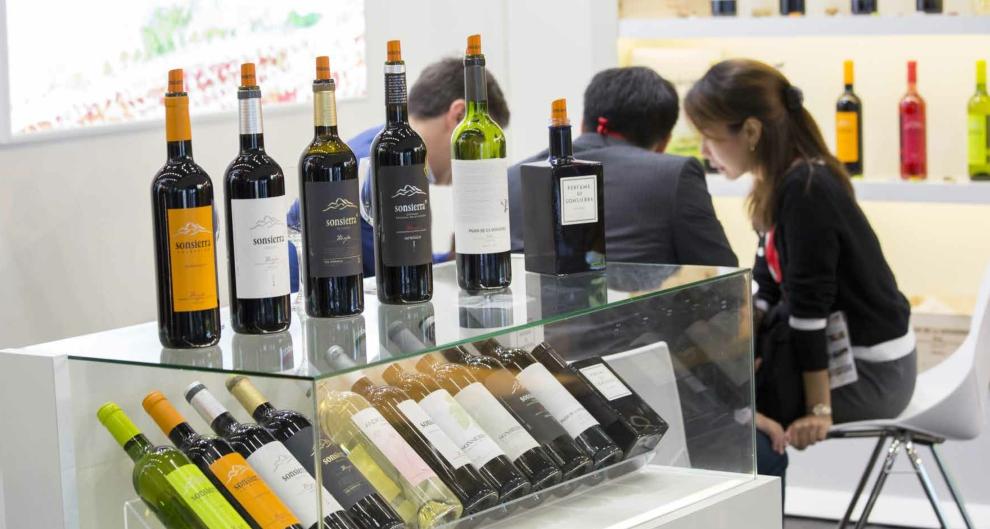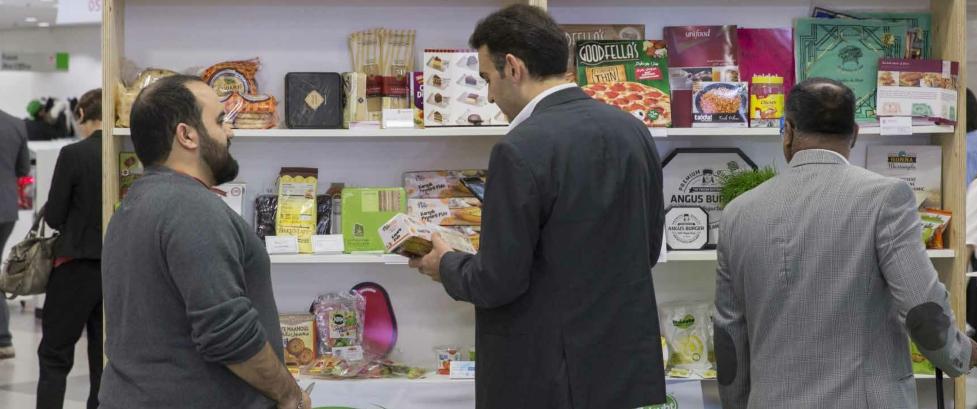Taste the future
2019-08-30

From 5 to 9 October 2019, the largest and most important food and beverages fair in the world will open its doors. At Anuga, more than 165,000 national and international top decision-makers from the branch come together. The Federation of German Food and Drink Industries (BVE), conceptual sponsor of Anuga, has been supporting the trade fair as an international industry meeting point for many years. This year, the Anuga slogan will be: taste the future.
Global food consumption trends
The demand for high-quality processed food is growing worldwide and by 2050 we will have 9 billion people to feed. Increasing consumer awareness not only promotes healthy and sustainable eating but also contributes to greater product individualisation. The use of innovative and digital technologies is on the rise, which promises consumers endless new variety. The global trend is towards healthy, sustainable and digital food consumption.
The expectations of consumers worldwide are increasing when it comes to food, which means that they are questioning products and how they are manufactured more frequently. The stronger need to do something “good” for yourself and the environment can be seen most clearly in food shopping and eating habits. This trend is also supported by the high time
pressure in everyday life and the stronger digital networking of consumers. Food and nutrition are supposed to support a persons lifestyle. Food should be easy and practical to prepare and also be healthy and tasty. However, this does not spell the end of snacks and convenience. Quite the opposite: They get a healthy, green “upgrade”. Digital channels also give consumers access to a wealth of food and nutrition-related information, which is influencing the individual purchasing decision more and more frequently. Digital networking also promotes the spreading of regional trends and products. Consumers benefit from the growing range of local and exotic products. For example, goji berries and jackfruit are brought to Europe and pumpernickel and veal sausage to Asia. In the last ten years alone, the global food trade has increased by 60 percent. And in the last 20 years, it has grown by an astounding 200 percent. Both manufacturers and consumers benefit from this.
It is expected that digital information about food will become even more widespread and used more intelligently in the future. Individualised production will thus become the new reality. This will allow consumers to get even closer to their product and implement their nutritional needs one to one. It is not only established manufacturers in the market who are setting these trends. Even small start-ups are making their way into the market with fresh, innovative ideas and technologies and intensifying competition.
Foreign food trade between China and Germany
As the country with the highest population in the world, China represents a trading partner with great potential for Germany. In the worldwide ranking of Germanys trading partners for processed foods, China occupied 13th place in 2018 in terms of export value and 11th in terms of import value.
In 2018, China exported EUR 12.9 billion worth of food to Germany. This is a slight decline of 3.0 percent compared to the previous year. The most important products were fish and fish preparations, vegetable preparations and preserves, animal feed, nuts and dried fruits, fruit preparations and preserves and spices.
The Chinese sales market offers enormous potential for the Germany food industry. In 2018, Germany exported around EUR 14.6 billion worth of food to China. This is a slight decline of 3.8 percent over the previous year. The most popular products were meat and meat products, milk and milk products, baked goods and other preparations from grains, beer, wine, cocoa and cocoa products.
Development of the demand for food in the EU
More than 510 million consumers with strong purchasing power and high standards make the European Union an attractive sales market for food manufacturers worldwide. However, the market structure with a large number of small and medium-sized manufacturers and few large trading companies creates stiff competition for winning over customers.
For 2019, experts predict a stable economic development for all EU member states and the employment situation augurs well for secure earning prospects and thus positive incentives for private consumption. In particular, the purchasing power in the countries of Northern and Central Europe is at a high level.
The European food industry is one of the largest in the world. Annual sales come to EUR 1,109 billion, of which 90 percent are generated in the domestic market. The added value in the industry has grown by 2.1 percent annually in the last ten years. European consumers spend EUR 1,123 billion per year on food. Consumers are benefiting from stable food prices, which are developing in accordance with general inflation.
At the same time, consumers are continuously demanding innovations as well as a wide range of products. The European food industry invests an annual EUR 2.9 billion for innovation. Diversity of taste and product refinement is the goal for more than 50 percent of innovations in the industry. Other innovation drivers in the European food industry are increased health awareness and the high demand for convenience products. Above all, the demand is for new plantbased products as well as food with additional health benefits. A small but emerging trend with a great deal of value creation potential is consumers growing awareness of sustainable food. The focus is on transparency and responsibility with regard to the environment and employees.
In the European Union, consumers spend a total of EUR 34.3 billion per year for organic food, which corresponds to EUR 67 per capita. The countries where organic products are purchased most often are Denmark, Sweden, Luxembourg, Austria and Germany. These trends apply across all product categories. However, most of the product innovations are in the soft drinks, frozen products, ready-made meals and dairy products segments.
